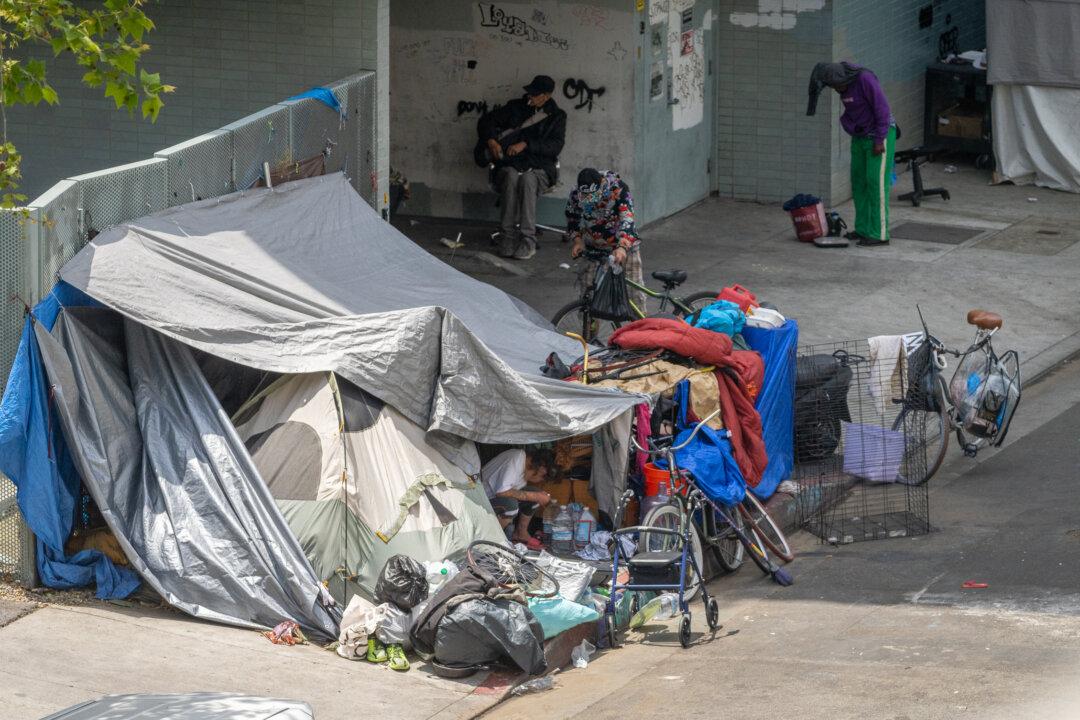The city of Dallas, Texas, is one of five U.S. cities, plus the state of California, to be part of a federal initiative to reduce homelessness, the White House announced on Thursday.
“My administration has taken a ‘kitchen-sink’ approach to address the challenges of homelessness,” Dallas Mayor Eric L. Johnson said in a statement. “We welcome this partnership with the federal government and will leverage it as another tool to encourage healthier and safer communities in Dallas.”





